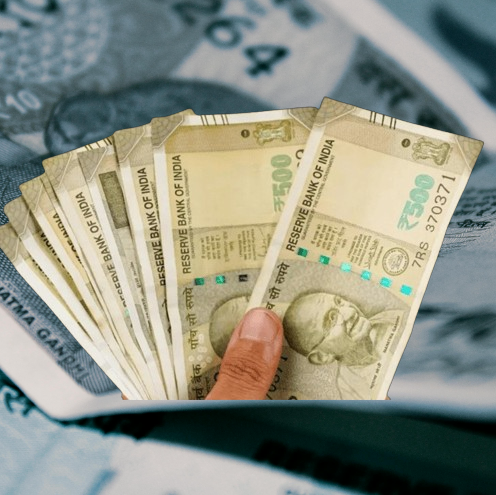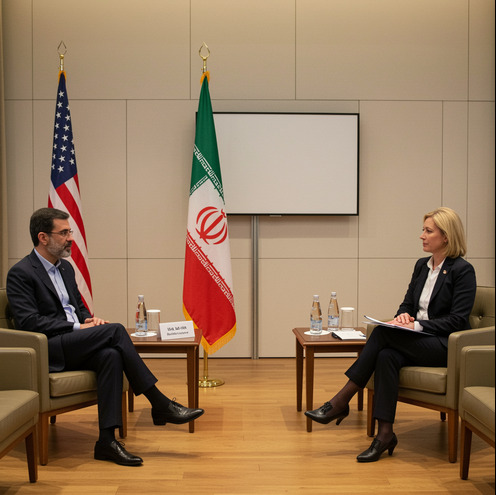Fakers 500 Note News: The flaw lies in the spelling of “RESERVE BANK OF INDIA”—where the letter “E” in “RESERVE” has been erroneously printed.

The Ministry of Home Affairs issued a ‘high importance’ warning to financial and enforcement agencies about new high-quality counterfeit ₹500 notes. The counterfeit currency presents itself as authentic at first inspection due to its resemblance to real banknotes in both appearance and feel according to authorities.
Multiple Indian investigative and regulatory agencies including DRI, FIU, CBI, NIA, and SEBI received the alert from their central organizations for enhanced scrutiny. The advisory directs these organizations to maintain increased alertness particularly when dealing with cash-heavy industries.
According to internal communications reviewed by several business platforms, the counterfeit ₹500 notes mimic genuine ones almost exactly, with only a subtle but crucial printing error giving them away. The flaw lies in the spelling of “RESERVE BANK OF INDIA”—where the letter “E” in “RESERVE” has been erroneously printed.
Officials familiar with the matter explained that the mistake is so minor it could be easily overlooked during routine transactions, making these fakes particularly dangerous in circulation. The Ministry has urged citizens and institutions alike to inspect ₹500 notes carefully and report any suspicious currency to the authorities.
The government renewed its existing strategies to fight against counterfeit currency circulation following the recent warning. The government maintains two key laws through the Bharatiya Nyaya Sanhita 2023 and the Unlawful Activities (Prevention) Act 1967 while using three main bodies including the National Investigation Agency (NIA) and FICN Coordination Group (FCORD) and Terror Funding & Fake Currency (TFFC) Cell.
The fight against fake currency depends on public awareness because counterfeiters keep finding new ways to produce counterfeits according to authorities.
Anyone who handles cash particularly ₹500 notes should use five straightforward methods to identify real notes from fake ones.
The main sign of counterfeit notes in this series appears through an incorrect spelling of ‘RESERVE BANK OF INDIA’. The word “RESERVE” on counterfeit notes contains a spelling mistake that shows “RASERVE” instead of “E” in place of “A”. The spelling error remains invisible without thorough examination of the note.
The genuine ₹500 note contains a security thread which presents a green-to-blue color transition when you tilt the note. This thread also has visible inscriptions like ‘भारत’ and ‘ RBI ’. Counterfeit notes often fail to mimic this colour shift properly.
Observe the Watermark: Hold the note against light to see the portrait of Mahatma Gandhi and the electrotype watermark showing the denomination (500). Fake notes may have blurred or misaligned watermarks.
Feel the Raised Printing: Authentic ₹500 notes have intaglio (raised) print on key elements like Mahatma Gandhi’s portrait, the Ashoka Pillar emblem, and the identification mark. Run your fingers over these areas — if they feel flat or unevenly printed, the note could be fake.
Use the RBI’s Mobile App or UV Light: For quick verification, use the RBI’s ‘MANI’ app to scan and identify genuine notes. You can also check the note under UV light—certain features like serial numbers and the security thread should glow, which counterfeit versions often fail to replicate.
.


